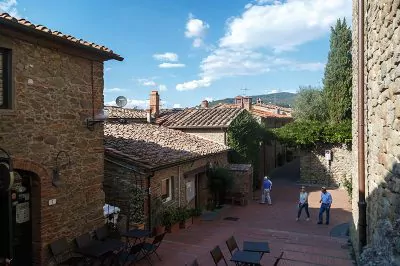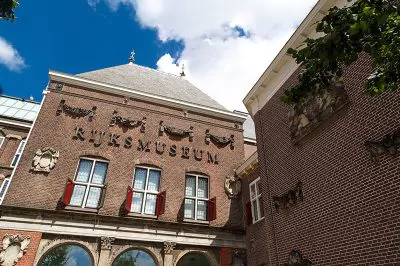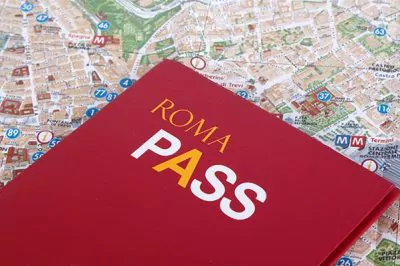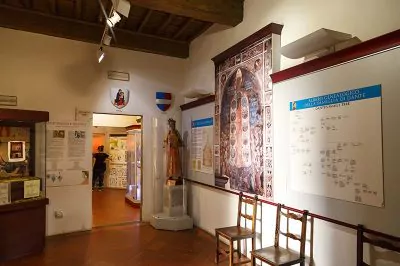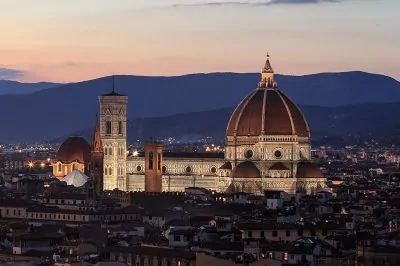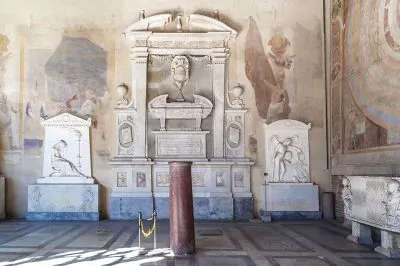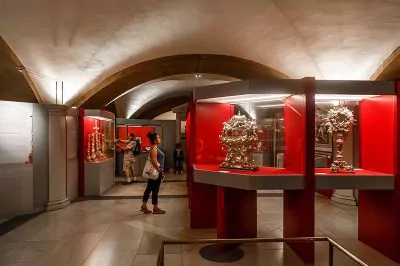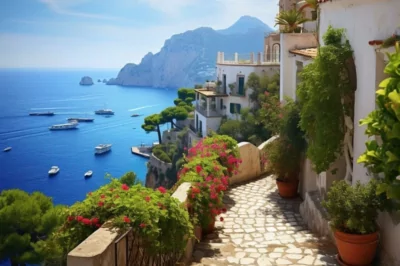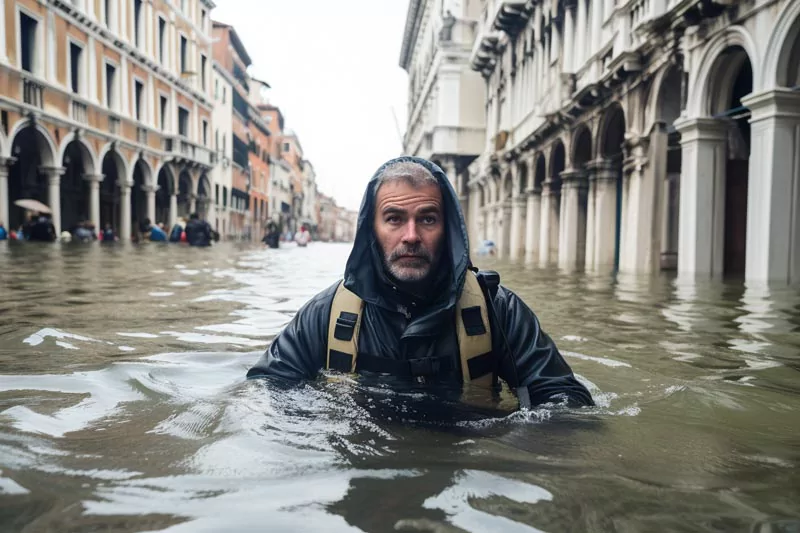
Is Venice Sinking? Uncovering the Sinking Truth
Venice: A city that appears to float on water, exuding charm and romance at every corner. Its maze-like canals, historical allure, and unique culture have drawn countless visitors over the centuries.
But as travelers revel in gondola rides and marvel at ancient architectures, a pressing question lingers: Is Venice sinking? Beyond its ethereal beauty, Venice faces a complex conundrum – one that intertwines nature’s power, human intervention, and the looming shadow of climate change.
The Beauty and History of Venice
To truly understand Venice’s current predicament, we need to journey back in time, when the very idea of building a city on water might’ve seemed audacious, if not downright impossible.
Founded over 1,500 years ago, Venice emerged as a beacon of refuge for people fleeing barbaric invasions. Its unique position, surrounded by lagoons, offered both protection and challenges. Over time, driven by necessity and innovation, the Venetians transformed these challenges into opportunities. They devised a system of wooden piles driven deep into the lagoon’s clayey soil, creating a stable foundation for the majestic structures we associate with Venice today.
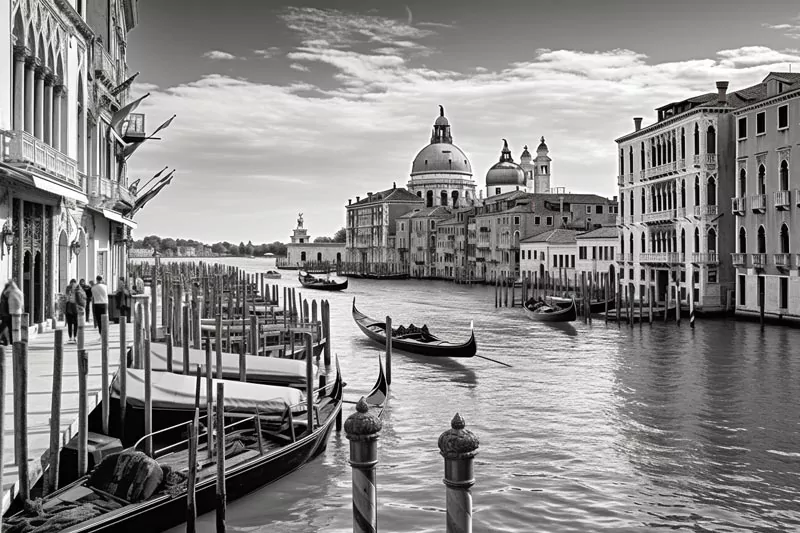
But the city isn’t just about its innovative architecture. Walk through its maze-like streets, and you’re walking through a tapestry of history. From its rise as a maritime powerhouse in the Middle Ages to its role as a hub of Renaissance art and culture, Venice has always been at the forefront of shaping our world’s narrative.
Yet, even as Venice basked in its golden eras, it was continually wrestling with the very waters that defined it. Its canals, while picturesque, were also a constant reminder of the city’s fragile existence.
Understanding the Basics
Sinking vs. Subsidence. While the two terms are often used interchangeably, they aren’t quite the same. “Sinking” paints a picture of an object slowly disappearing beneath the water’s surface.
In the case of Venice, a more apt term is subsidence. This refers to the gradual settling or sinking of the Earth’s surface, a natural phenomenon that all regions, to some extent, experience. Venice’s unique geographical position simply amplifies its effects.
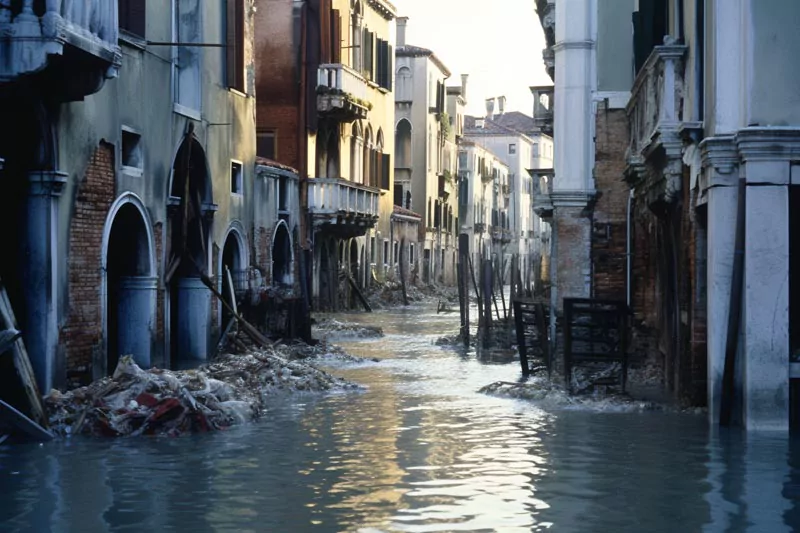
The lagoon in which Venice sits is a dynamic environment, and its soil, a mix of mud, clay, and sand, is in a state of constant flux. This natural subsidence is part of Venice’s age-old dance with water. But throw human interference into the mix, and the waltz gets a bit more complicated.
Human Interference and Venice
Enter the 20th century, a time of rapid industrialization and modernization. Venice, keen to keep pace with the modern world, made decisions that would have unforeseen consequences for its delicate balance with water.
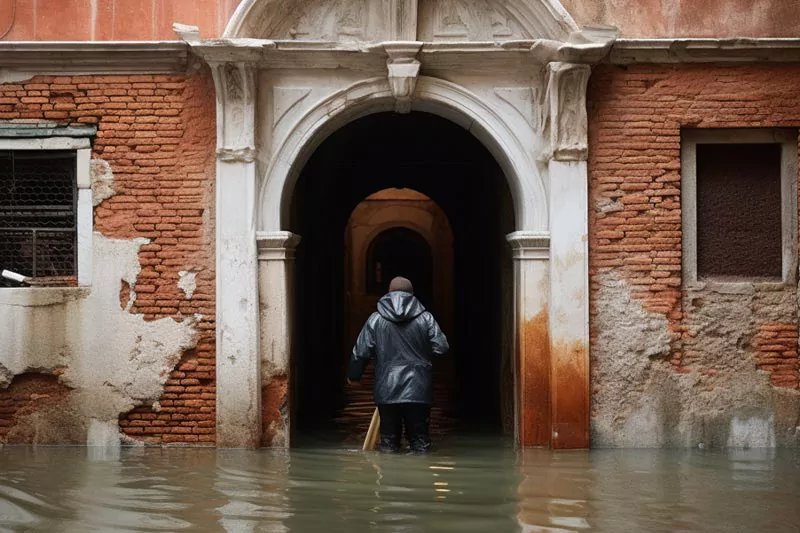
- Water Extraction: Between the 1950s and 1970s, industries around Venice extracted vast amounts of groundwater from the aquifer beneath the lagoon. This caused the layers of clay and silt to compact at a much faster rate, intensifying the city’s subsidence.
- Infrastructure Developments: Over the centuries, Venetians altered the city’s natural waterways to facilitate navigation and commerce. While these canals are an iconic part of Venice’s charm, they’ve also changed the way water flows around the city. The deeper and wider canals, modified for larger modern boats, have allowed saltwater to penetrate further into the lagoon, affecting the city’s foundations.
- Sea Barriers and Walls: Over the years, to combat rising water levels, Venetians built barriers and walls. But these, while protective in the short term, disrupted the natural tidal flow, leading to increased erosion in some parts of the lagoon.
The relationship between Venice and its waters has always been a delicate one. For years, the city flourished by harnessing the power and potential of its aquatic surroundings. However, recent human interventions have unintentionally tipped the scales, leaving Venice to grapple with the consequences.
Climate Change: The Modern Monster
Even as Venice battles its internal challenges, a larger, more insidious threat looms: climate change. The global rise in temperatures is causing sea levels to rise, a phenomenon that’s turning Venice’s occasional acqua alta (high waters) from a rare spectacle to a frequent menace.
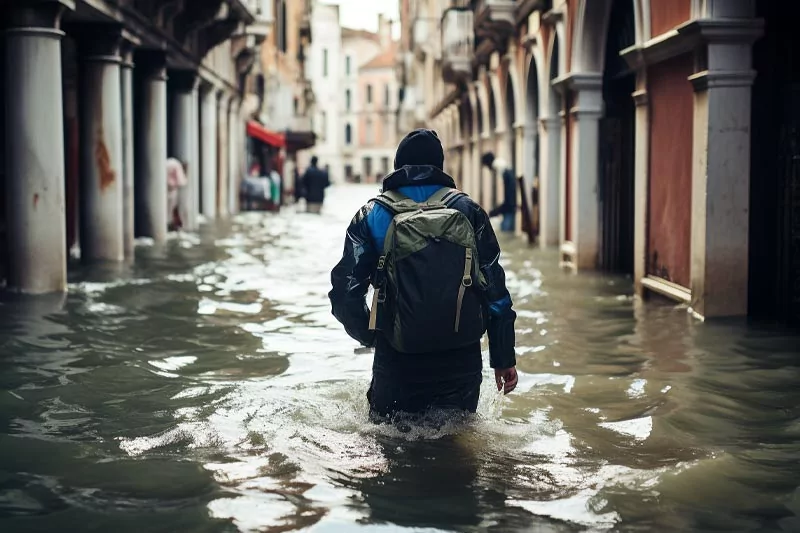
- Rising Sea Levels: As global temperatures rise, polar ice caps melt, releasing vast amounts of water into our oceans. For Venice, even a slight rise in the Adriatic Sea’s level can have significant implications.
- Increased Flooding: With rising sea levels come increased instances of flooding. What was once a seasonal inconvenience has now become a disruptive norm for the Venetians.
Moses Project: The Modern Savior?
In response to the looming water crisis, Venice has unveiled its trump card: The MOSE Project (Modulo Sperimentale Elettromeccanico). But what exactly is this ambitious initiative?
- The Barrier System: MOSE is a series of retractable barriers built at the lagoon’s three inlets. In the event of high tides, these barriers rise, preventing seawater from flooding the city.
- Challenges and Criticisms: While the MOSE project is a marvel of modern engineering, it’s not without its detractors. Concerns range from its high costs to potential environmental impacts on the lagoon’s delicate ecosystem.
When Is Venice Predicted To Go Underwater?
The million-dollar question: When will Venice be fully submerged? Predictions vary based on numerous factors, including the rate of global warming, local subsidence, and the effectiveness of mitigation measures.

Some estimates suggest that if the current rate of sinking and sea-level rise continues, Venice could be uninhabitable by 2100. However, this is a continuously evolving scenario, and predictions change with new data.
The future of Venice is influenced not just by the rate of subsidence and rising sea levels but also by human interventions, both positive and negative.
What Is Being Done To Save Venice?
Venice’s survival isn’t just a concern for its residents; it’s a global challenge. Beyond the MOSE project, a slew of measures are being taken to safeguard this historical gem.
- Building Reinforcements: Many of Venice’s buildings are being fortified with modern materials to withstand the lagoon’s salty waters.
- Restricting Large Vessels: To prevent further erosion caused by massive cruise ships, Venice has limited their access to the city’s heart.
- Ecosystem Restoration: Efforts are underway to restore salt marshes and seagrass meadows in the lagoon, acting as natural buffers against rising sea levels.
- Global Cooperation: Venice’s plight is a rallying cry for global action against climate change. International collaborations and funding are aiding the city in its fight against the rising tides.
Conclusion
The tale of Venice serves as a powerful testament to human innovation, tenacity, and love for cultural heritage. Yet, it’s also a cautionary tale about the delicate balance between nature and human intervention.
Whether it’s the challenge of subsidence, the growing specter of climate change, or the historical decisions that have shaped its fate, Venice is a living reminder of our responsibilities toward the environment and our heritage. As this majestic city grapples with the rising waters, it beckons the world to come together, not just to save a city, but to preserve a piece of human history.
